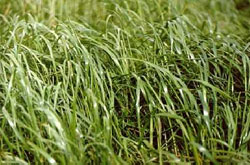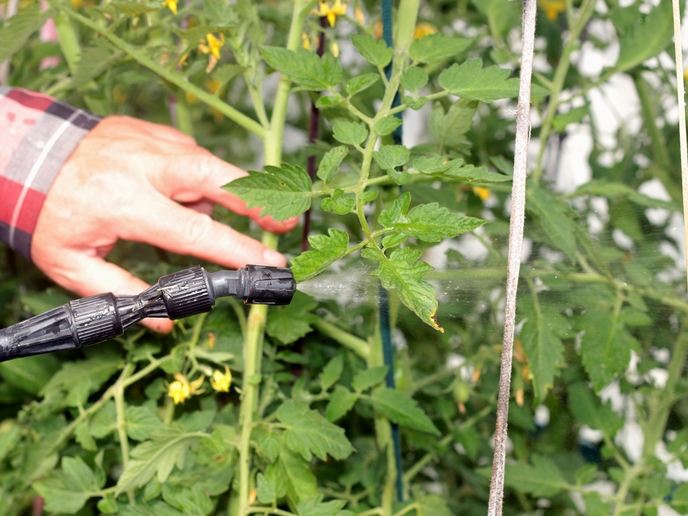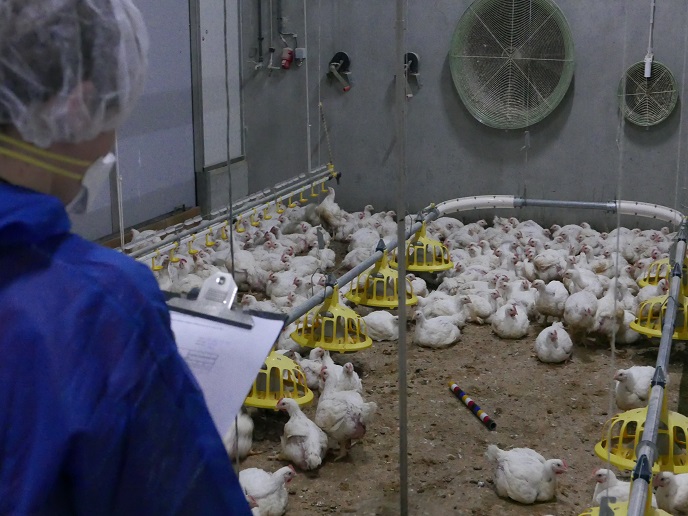High sugar grass for nitrogen efficiency
In terms of environment, economics and sustainable systems of livestock production, the efficient conversion of nitrogen in plant protein to milk and meat products is essential. Higher efficiency of conversion also means less loss of nitrogen to the environment. This would remove a source of nitrogen from our waterways and reduce the phenomenon of eutrophication. Excessive plant growth in rivers is particularly acute when nitrogen, not incorporated into meat and milk and excreted via urine and faeces, leaches into waterways. To research increase in nitrogen efficiency utilisation, the SWEETGRASS project investigated new conventionally bred varieties of grass selected specifically for high sugar content. This was on the premise that high-sugar feed can increase the nitrogen utilisation efficiency (NUE). Furthermore, this is particularly important in upland areas of northern Europe, for example alpine regions, where it is difficult to grow supplement forage with high sugar, for example, maize. Workers at the Institute of Grassland and Environmental Research in Wales worked on the use of the high water soluble carbohydrate (WSC) ryegrass, AberDart. Trials performed used realistic grazing and conservation settings. Nitrogen ultilisation and reduction in N-pollution from faeces and urine were the primary parameters measured. Also monitored were the conservation of WSC in silage (fermented grass) and the ability of AberDart to accumulate WSC during large field trials. Results were overall encouraging. It was demonstrated that under appropriate conditions, particularly in extensive grassland, it was possible to increase the efficiency of production response. There was therefore a corresponding reduction in environmental N-pollution. Moreover, this was the case for both fresh and ensiled grass, important when fresh feed is unavailable.







